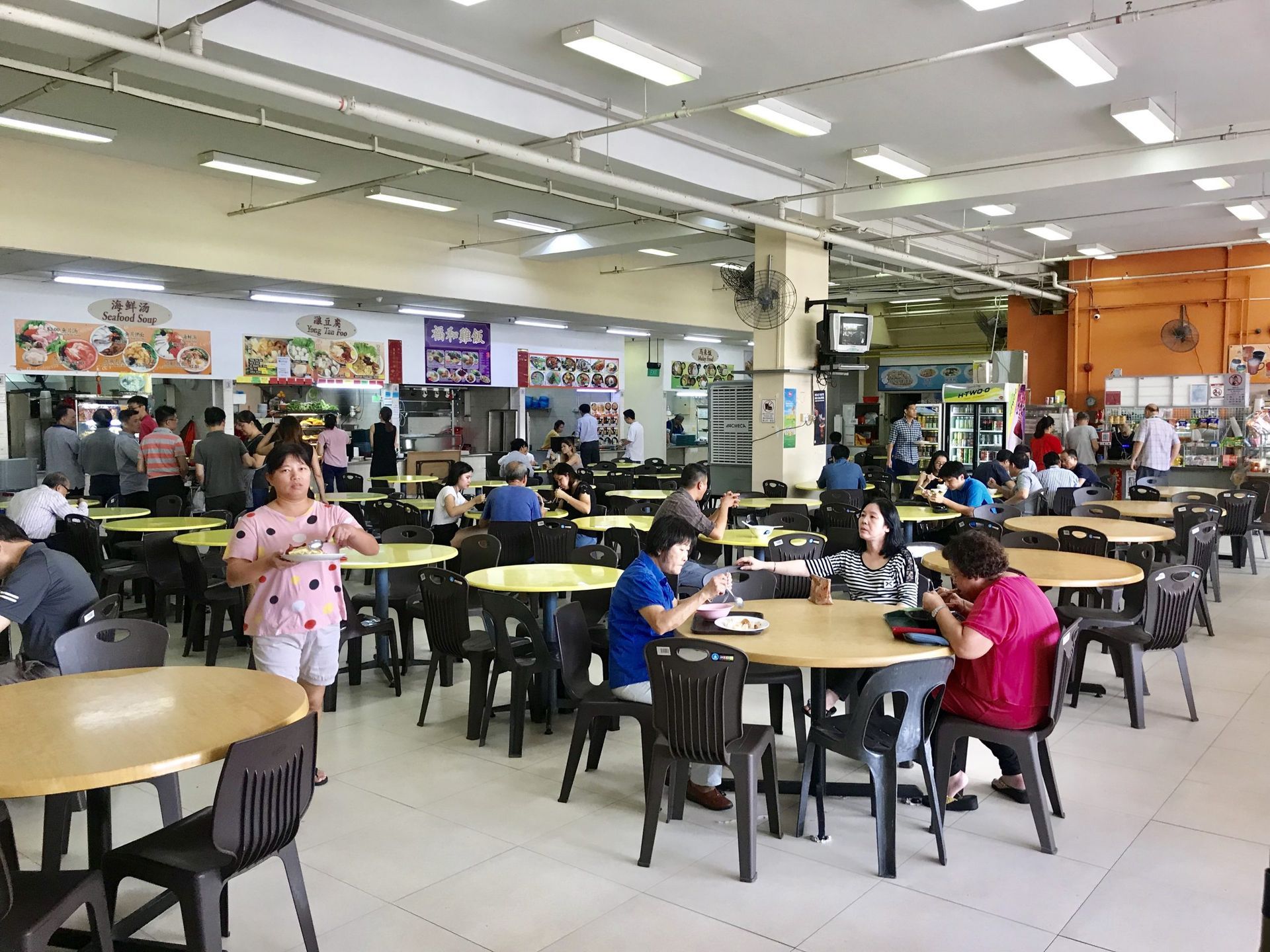Launching a Successful Loyalty Campaign for Your Restaurant
Loyalty programs are a proven way to drive customer retention and improve restaurant profitability. By launching a thoughtful and technology-driven loyalty campaign, you can turn casual diners into lifelong patrons.
1. Define Your Loyalty Program’s Goals
Determine whether your focus is on increasing visits, boosting revenue, or creating a more personalized dining experience. For instance, you could aim to grow your database of regular customers by 20% in the first six months.
2. Collect and Use Customer Data
Utilize your restaurant’s CRM or POS system to gather and analyze customer data. This allows you to identify patterns like top-selling menu items or peak dining times. Use this information to design rewards that align with your customers’ preferences.
3. Design an Easy-to-Use Program
A successful loyalty campaign should be simple. Choose a straightforward structure, such as earning points for every dollar spent or receiving a free drink after a certain number of visits. Simplicity ensures higher participation and customer satisfaction.
4. Utilize Technology for Convenience
Self-ordering kiosks, QR ordering, and integrated POS systems make it easy for customers to participate in your loyalty program. These technologies automate processes like point allocation and reward redemption, reducing manual effort and improving accuracy.
5. Promote the Campaign Widely
Advertise your loyalty program through social media, email campaigns, and in-store displays. Showcase testimonials or success stories from happy members to build credibility and excitement. Staff training is also critical to ensure every team member promotes the program effectively.
6. Continuously Evolve the Program
Customer needs and preferences change over time. Regularly update your loyalty program with fresh rewards and seasonal promotions. Use customer feedback and analytics to identify areas for improvement and keep your program appealing.
Conclusion
Starting a loyalty campaign doesn’t have to be complex. With the right mix of strategy and technology, you can create a rewarding experience for customers and ensure your restaurant thrives in a competitive market.
If you are looking for F&B POS system, self ordering kiosk, qr ordering or a F&B CRM membershop solution, click here to enquire!
Interested in a CRM Based POS System, QR ordering or a standalone CRM membership system?
Send an Enquiry!
You might also like



